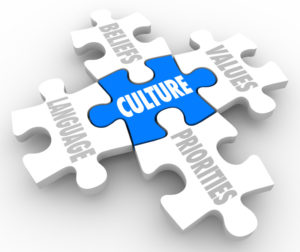If you are a regular reader of this blog, you know I am a fan of lean concepts and practices. In fact, my posts on lean have been some of the most popular ones over the years. So, it is no surprise that I have embraced a form of rounding or “gemba” now that I am serving as interim CIO at Boston Children’s Hospital.
embraced a form of rounding or “gemba” now that I am serving as interim CIO at Boston Children’s Hospital.
As part of our commitment to being a High Reliability Organization (HRO), Boston Children’s Hospital has a program called “Rounding to Influence” (RTI). With this program, senior leaders meet with staff in their areas to discuss a specific topic and solicit input. The Rounding to Influence program is facilitated by David Davis, Vice President, Patient Safety, Quality and Regulatory Affairs. When I learned about the RTI program several weeks into my interim engagement, I was quick to start participating.
My first experience was tagging along virtually with Laura Wood, EVP Patient Care Operations / System CNO, on her rounds with clinical staff along with a few of my IT leaders. Given the topic for that session was about having the right information to perform your work, it was a great place to start and hear from our clinicians and support staff. Here were the questions:
Having the right information and data is important to everyone in order to perform their roles effectively. Depending on your role, do you have trouble finding the information or data you need to do your job? Do you know how and where to get the information/data you need? Do you have concerns you are seeing incomplete or unreliable data? How would you know? How can we be more reliable in our information and data sharing?
The obvious next step was to start virtual rounds with our own IT staff. Here is how it works. Continue reading









